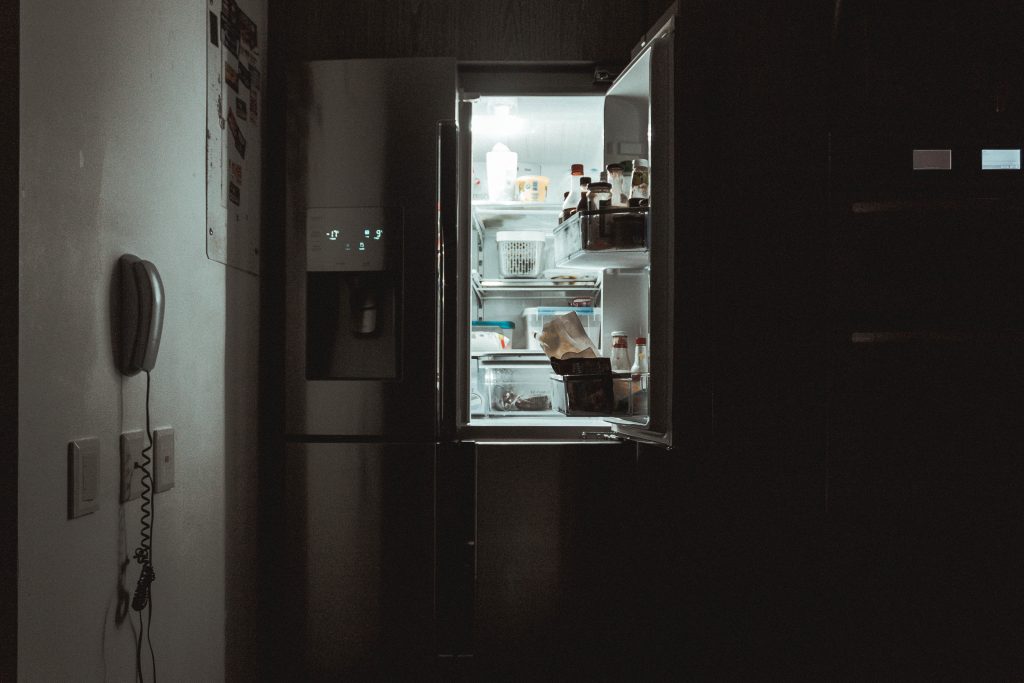1. Allow for ventilation
For the highest efficiency, always make sure your refrigeration units have plenty of space around it for air to circulate. Keeping the unit away from any external sources of heat, including direct sunlight will also help boost efficiency.
If you pack your unit tightly, without room for ventilation (inside the unit) it’ll keep your fridge working harder or may totally block the air flow. If this happens, your unit won’t be able to cool down. It is always best to keep your products packed in to allow for ventilation, so it can work more easily and use less electricity.
2. Check the condenser for dust
The Condenser does the heavy lifting of creating cold air, but they can’t radiate heat properly if their fins are coated with dust or grime.
If they are dusty, turn the fridge-freezer off (Unplug from the wall) and use a soft brush or the vacuum cleaner to clean the condenser unit above or beneath the refrigerator. Clean your condenser coils 2-3 times per year or as frequently as advised by your trusted refrigeration technician. Different environments/usage can effect the needed frequency of the clean, always consult your refrigeration technician if there is any doubt.
Clean condensers cost less to operate, and because they work more quickly to chill the air, keeping them clean will extend the useful life of your appliance.
3. Make sure that the seals are in good condition
One maintenance item that can be easily overlooked is the door seals. Worn out door seals are one of the main culprits for energy loss in refrigeration. Damaged or worn out door seals let the cold air escape, making the unit work harder and cutting food quality.
You can easily check door seals with the “paper test”. Close the unit door on a piece of paper, if the paper falls out, or can be slid around under the seal easily, it’s time to replace the seals. If however, the paper is held tight, then your seals are in decent knick!

Recent Comments